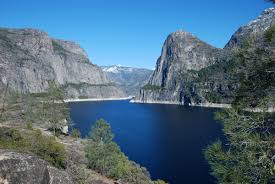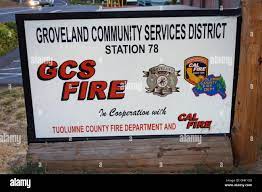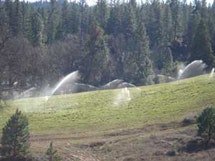Taking You Back in History: Securing Water Part 2
- Yosemite Chamber
- Aug 25, 2022
- 3 min read
By Scott Belser, Groveland Yosemite Gateway Museum/Southern Tuolumne County Historical Society
By 1900, Groveland had successfully managed its short-run crisis to provide water to its gold mines, but with the decline of gold mining, it became more concerned with sustainable water sources. The decline of the previous Golden Rock Water company compelled local residents to use shallow wells for their limited needs. In 1908 local families organized a small water company. However, this too was abandoned after a few years.

At this same time, Groveland entered into a new economic era as the construction headquarters for the Hetch Hetchy dam by the City of San Francisco. Starting in 1915, the town population doubled to 500 people with the influx of workers for the dam and related railroad. Hetch Hetchy provided a range of vital services to the community, including a small water system. However, when the dam project was finally finished in the 1930s, those services stopped. Groveland was left on its own. Water supply reverted to local residents with rudimentary systems. In a few cases water was temporarily drawn from local mines (Cosmopolitan, Del Monte), but its high iron content was alarmingly high. In one case iron-laced water was claimed to “change sheep’s wool to red!” Another long-term solution was needed.
Enter the second local hero to rescue the town from its water woes: the Groveland Community Services District (GCSD). With high-quality Hetch Hetchy water running in tunnels beneath the town, there had been many proposals to tap into this source starting in the 1930s. However, in 1939, the small town declined to undertake the expense of using that water, and a existing short waterline connected to Groveland was closed.
Concerned citizens continued to urge a longer-term solution throughout the 1940s and early 1950s. In 1952 Judge Millard Merrell proposed a “Community Service District” (CSD) which gradually garnered broad community support. Local voters approved the formation in June, 1953, and final approval by County Supervisors occurred in August, 1953. Local community leader and businesswoman Mary Laveroni was the top votegetter in elections for the District Board.
Throughout the 1950s the District considered a range of proposals for local water supply, revisiting the idea of using mine water (primarily the Del Monte) because a link with Hetch Hetchy was considered too expensive. Numerous obstacles arose in practical implementation of these smaller systems, and none materialized. In 1959 Mary Laveroni, an advocate of tapping into Hetch Hetchy water, became Board President. In 1960 the GCSD Board approached San Francisco about buying their water, culminating a formal request in November of that year.
The next several years were busy with technical feasibility studies, clarification of water rights, and a search for financial assistance from the State of California. After securing a State loan, construction of a pump from Hetch Hetchy tunnels and a large storage tank began in May, 1965. On October 11, 1965, an opening ceremony was held to recognize the start of the new water service.
Since 1965, GCSD has gradually extended its services. In addition to water, it offers sewerage and fire protection. It now provides services not only to the broader Groveland – Big Oak Flat area but also to the thriving community of Pine Mountain Lake. It maintains more than 70 miles of water mains, 5 water storage tanks, and three water treatment plants. GCSD is a vital and active member of the southern Tuolumne County community.




Comments